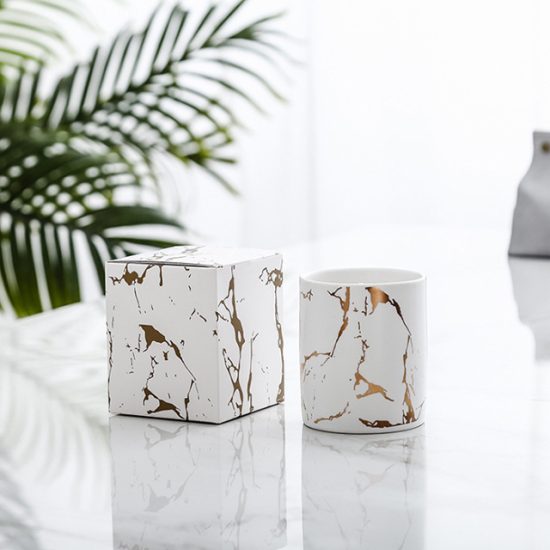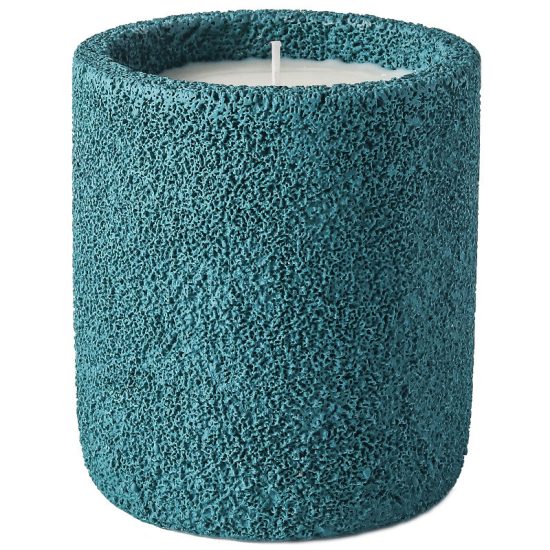Ceramic plates can play various roles in a farm setting. Here are a few examples:
- Crop Protection: Ceramic plates can be used as barriers or deterrents to protect crops from pests and animals. By placing ceramic plates strategically around the farm, especially near vulnerable areas or plants, they can create noise or reflect light, scaring away birds, rodents, or other pests that may damage crops.
- Irrigation: Ceramic plates, particularly porous ceramic plates or pots, can be used in irrigation systems. These plates can be buried in the ground near plant roots and filled with water. The porous nature of the ceramic allows water to slowly seep out, providing a steady supply of moisture to the plants.
- Seed Germination: Ceramic plates with a textured surface can be used for seed germination. The rough texture provides a good surface for seeds to grip, and the ceramic material helps retain moisture. Placing seeds on these plates and providing appropriate water and light conditions can promote successful germination.
- Livestock Feeders and Waterers: Ceramic plates can be used as feeders or waterers for livestock. Sturdy and durable ceramic plates can be designed specifically for this purpose, providing a stable platform for animals to access food and water. Ceramic materials are easy to clean and can withstand the rigors of farm use.
- Art and Decoration: In some farm settings, ceramic plates can be used for artistic or decorative purposes. Hand-painted or crafted ceramic plates can be displayed on walls, fences, or in gardens, adding a touch of creativity and beauty to the farm environment.
It’s worth noting that the specific use of ceramic plates in a farm will depend on the needs and goals of the farm operation. Different farms may have different requirements and may find unique applications for ceramic plates based on their specific context.


